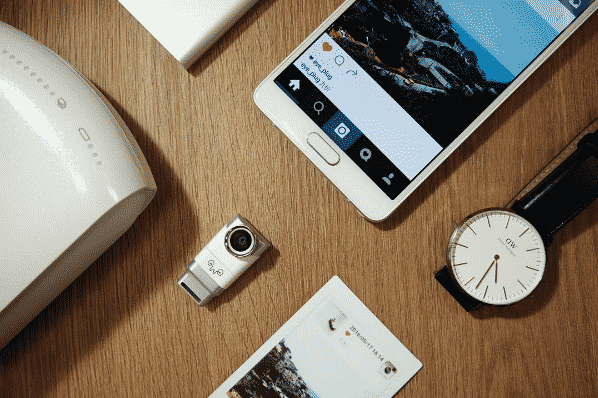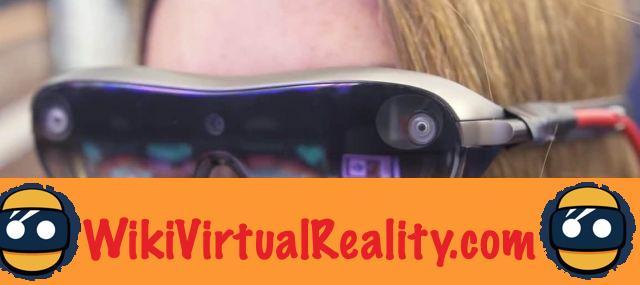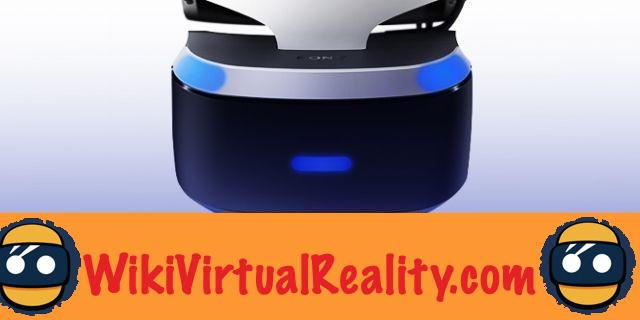
Summary
End of 2017, HP launched its first virtual reality headset. This device is part of the first wave of VR headsets running on Microsoft's Windows Mixed Reality platform, alongside those from Acer, Asus, Lenovo and Samsung.
Unfortunately, the Windows Mixed Reality platform has never met with the expected success. Despite their affordable price, compatible headsets did not offer not a convincing enough experience to compete with the Oculus Rift or the HTC Vive.
However, HP does not intend to stay on this half-hearted failure. The company today unveils its new HP Reverb headset, originally rumored to be in February 2019 under the code name HP Copper.
This new device will offer a definition of 2160 × 2160 per eye. In comparison, HP's first headset was content with two LCD screens offering a resolution of 1440 × 1440 per eye. The number of pixels is therefore multiplied by 2,25.
Compared to the Oculus Rift and HTC Vive and their 1080 × 1200 resolution per eye, the number of pixels is multiplied by 3,6. In addition, the LCD screen of this new model uses the entire band of RGB sub-pixels. The grid effect will therefore be greatly reduced compared to OLED screens of equivalent definition.
HP Reverb: 3,6 times better screen definition than Rift and Vive
The HP Reverb will therefore offer the best definition of the entire category of 100 degree field of view VR headsets. It will be followed by the Samsung Odyssey and the HTC Vive Pro with their definition of 1440 × 1600 per eye.
Besides the definition, HP claims that the main strength of the Reverb is its comfort. The design is very different from the first HP VR headset, and more similar to that of the Oculus Rift with its headband and integrated headphones. Its weight is 500 grams, against 470 grams for the Rift and Vive.
Like all Windows VR headsets, the Reverb comes on board front cameras for inside-out tracking (without external sensors). These cameras are used to track the position of the helmet and the controllers.
This new headset will also work on the Windows Mixed Reality platform, but it will be also SteamVR compatible via an official plugin. This was also the case with other Windows MR headsets.
Even though it is available to the general public, HP claims that this headset is intended more for companies. It is particularly suitable for product development, design and architecture analysis, VR arcades, or even for maintenance and repair training.
The HP Reverb will be available May 6, 2019, from $ 600 for the “Consumer Edition” (consumer edition). The “Pro Edition” will be available for $ 650. It is distinguished by a leather mask instead of the cloth mask of the Consumer Edition, and by 0,6 meters of additional cable.





![[GOOD TIP] The DJI Mavic Air drone at only 970 euros 🔥](/images/posts/508c7088bbc439b2faabf0ee3721dc83-0.jpg)
![[WWDC 2017] Mac VR: Apple computers running macOS High Sierra compatible with HTC Vive](/images/posts/1efe8a66c6dc80ec888133efad603474-0.jpg)
![[Review] Augmented Empire - A fascinating cyberpunk tactical RPG on Samsung Gear VR](/images/posts/e59f79c2980c7163a7cfe93c1a40e553-0.jpg)


















